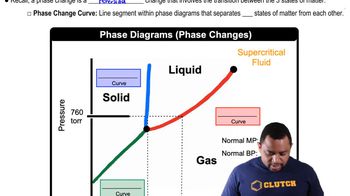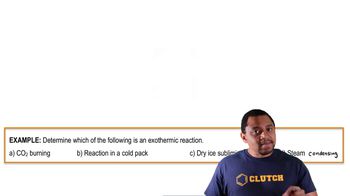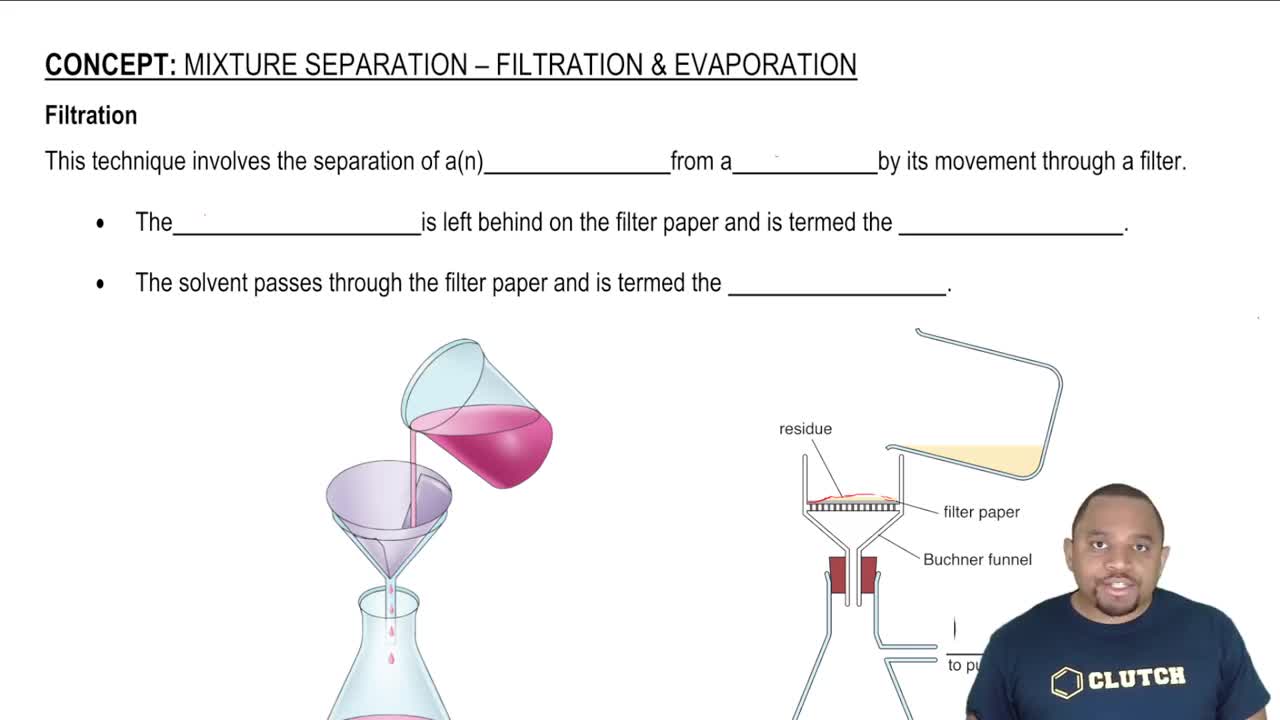Here are the essential concepts you must grasp in order to answer the question correctly.
Phase Transitions
Phase transitions refer to the changes between different states of matter, such as solid, liquid, and gas. These transitions occur when energy is added or removed from a substance, leading to changes in temperature and pressure. Common phase transitions include melting, freezing, evaporation, condensation, sublimation, and deposition.
Recommended video:
Phase Changes in Diagrams
Exothermic and Endothermic Processes
Exothermic processes release energy, usually in the form of heat, to the surroundings, while endothermic processes absorb energy from the surroundings. For example, melting ice (endothermic) requires heat, whereas freezing water (exothermic) releases heat. Understanding these concepts is crucial for determining the energy changes associated with phase transitions.
Recommended video:
Endothermic & Exothermic Reactions Example 2
Humidity and Evaporation
Humidity refers to the amount of water vapor present in the air. When wet clothes dry, the water molecules in the fabric gain enough energy to evaporate into the air, a process that requires heat (endothermic). This concept is essential for understanding how moisture is removed from surfaces and the role of temperature in evaporation.
Recommended video:
Filtration and Evaporation




